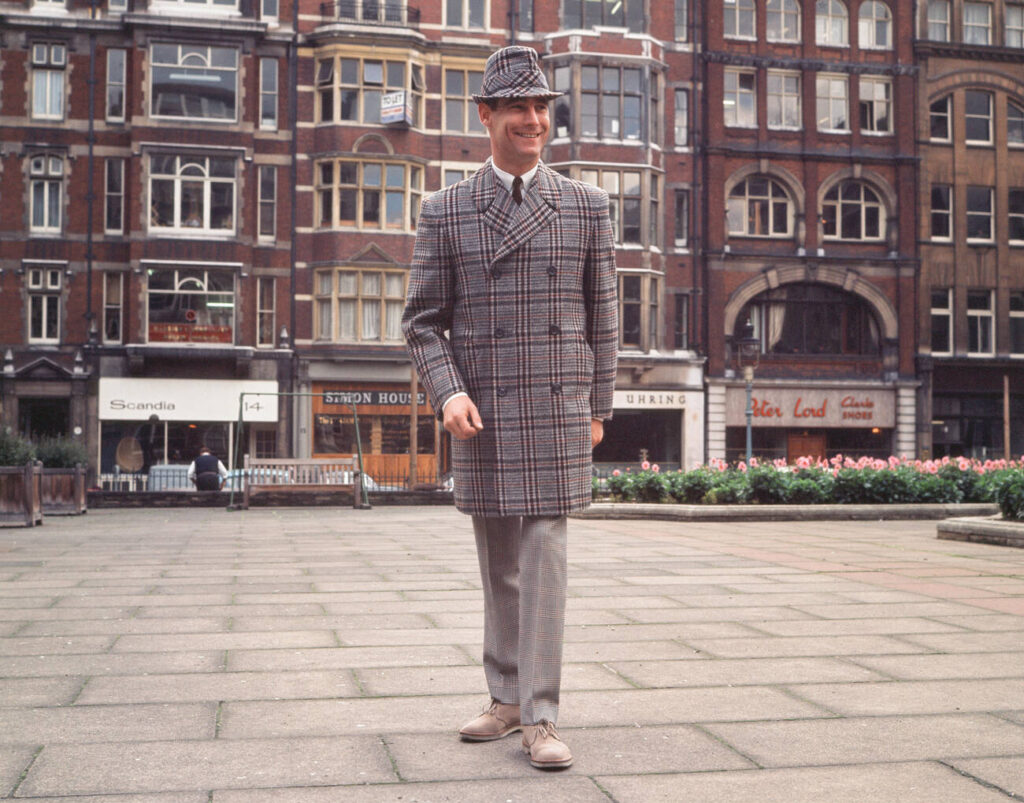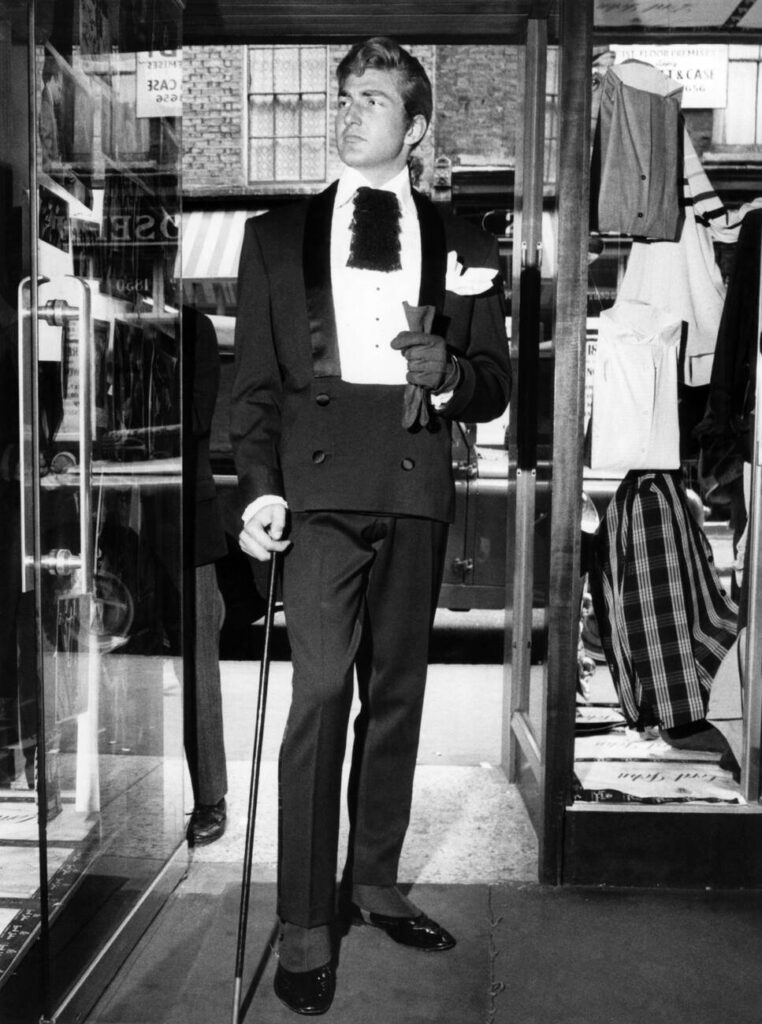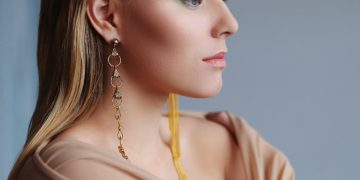The 1960s was a revolutionary time in fashion, and men’s style was no exception. From sharp suits and skinny ties to bold prints and mod-inspired looks, the decade brought significant changes in how men dressed. This article will explore the evolution of 1960s menswear, its most iconic trends, and how these styles continue to influence fashion today.
Table of Contents
Introduction to 1960’s Fashion Menswear
The 1960s was a groundbreaking period for men’s fashion, marking the shift from conservative styles to more bold, vibrant, and experimental looks. With significant cultural changes happening worldwide, men’s fashion mirrored the societal movements of freedom, individuality, and rebellion. Gone were the rigid rules of formal dressing, and in came a wave of styles that celebrated personal expression and creativity.
The Early 1960s Look: Traditional and Tailored
At the start of the decade, men’s fashion was still largely influenced by the conservative, tailored look of the 1950s. This was the era of clean-cut suits, narrow ties, and polished shoes. The look epitomized by the television series Mad Men represented a well-dressed businessman with a sharply tailored suit, usually in shades of grey or black, with minimal accessories.
Ivy League Influence
The Ivy League style also had a significant impact on early 1960’s fashion menswear. This preppy look featured button-down shirts, chinos, and loafers, creating a polished yet casual look. Men often wore blazers with patches, and the slim silhouette dominated the fashion scene.
Mod Fashion Movement
As the 1960s progressed, the Mod movement, short for modernist, took over. Originating in London, Mod fashion emphasized sharp, slim-fitting clothing, clean lines, and a minimalist aesthetic. Young men wore tailored suits, often in bright or pastel colors, paired with skinny ties and turtlenecks. This look was clean, polished, and unapologetically modern.
Key Mod Pieces
Slim-cut trousers, Chelsea boots, and parkas became quintessential Mod fashion items. The Mod subculture, with its emphasis on scooters and music, particularly The Who and The Kinks, was a defining force for this sleek, modern style.

Casual and Youthful Trends Emerge
By the mid-1960s, fashion began to shift towards a more relaxed, youthful approach. Button-down shirts, polo shirts, and casual blazers became staples in men’s wardrobes. Chinos replaced formal trousers, and denim started gaining popularity. Leather jackets, inspired by bikers and rebels, became a symbol of coolness.
Bold Patterns and Psychedelic Prints
With the influence of the psychedelic movement, men’s fashion became more adventurous. Gone were the days of subdued colors; in came bright, bold patterns. Men began experimenting with floral prints, geometric designs, and vibrant colors like pink, purple, and electric blue.
This boldness reflected the cultural shift towards freedom of expression and experimentation with music, art, and fashion.
Peacock Revolution
The late 1960’s Fashion menswear saw what was referred to as the Peacock Revolution, where men’s fashion became flamboyant and expressive. Bell-bottom trousers, velvet blazers, and ruffled shirts were seen everywhere. The typical suit became more colorful and featured exaggerated lapels and wider trousers.
Influence of Rock Stars
Rock icons such as Mick Jagger and The Beatles played a crucial role in the Peacock Revolution. Their daring styles, including flashy jackets and bold accessories, set trends for young men across the world.
Hippie Influence on Menswear
The Hippie movement of the late 1960s significantly impacted 1960’s fashion menswear, particularly in the United States. Flowing fabrics, ethnic patterns, and sandals became popular, as the hippie ethos encouraged a return to nature and a rejection of societal norms. Men often wore fringed jackets, bell-bottom jeans, and beaded necklaces, embracing a relaxed, bohemian lifestyle.
Influential Designers of the Era

Pioneers of Change
Designers such as Pierre Cardin and André Courrèges were at the forefront of this fashion revolution. Cardin’s avant-garde approach incorporated geometric shapes and space-age aesthetics, while Courrèges introduced a futuristic vision with his sleek lines and minimalist styles. Their work not only pushed the boundaries of traditional menswear but also inspired a generation of men to experiment with their looks.
The Role of Ready-to-Wear Fashion
The 1960s also marked the rise of ready-to-wear clothing, which made stylish options accessible to a broader audience. This democratization of fashion allowed men from various backgrounds to adopt contemporary styles without the need for custom tailoring. As a result, fashion became more inclusive, paving the way for diverse expressions of personal style.
Media Influence on Fashion Trends
Television and Film
Television shows and films played a crucial role in popularizing the fashionable looks of the era. Iconic characters and celebrities sported trendy attire that resonated with viewers, further encouraging them to embrace the latest styles. This visibility helped solidify the connection between fashion and popular culture, making it easier for men to find inspiration in their everyday lives.
The Role of Music and Pop Culture
Music played a massive role in shaping 1960’s fashion menswear during that time. The British Invasion, led by bands like The Beatles and The Rolling Stones, not only changed music but also brought Mod fashion to the forefront. In the U.S., counterculture movements and festivals like Woodstock further pushed the boundaries of style.
Films such as James Bond also influenced menswear, with Sean Connery’s portrayal of the secret agent popularizing sharp, tailored suits and a clean-cut image.
Accessories of the 1960’s Fashion Menswear
Accessories became crucial in completing the 1960s look. Skinny ties, often in bold colors, were a must-have. Cravats and scarves also became popular, particularly during the later years of the Peacock Revolution. Sunglasses, particularly round or aviator styles, were essential accessories for men during the decade.
Key Fabrics and Textures
Corduroy, velvet, and denim were popular fabric choices in the 1960s, providing a range of textures that allowed men to express their personalities. The rise of synthetic materials, such as polyester, also revolutionized menswear, making clothing more affordable and accessible to the masses.
Footwear of the 1960s
Shoes were another important aspect of 1960’s fashion menswear. Chelsea boots, loafers, and sandals became popular choices, with footwear styles reflecting the shift from formal to more casual and experimental dressing. The sleek, slim-fitting Chelsea boots became synonymous with Mod culture.
Grooming and Hairstyles
The early 1960s saw men with neatly combed hair, often styled with a side part. As the decade progressed, hairstyles grew longer and wilder, especially towards the end of the 1960s with the influence of the hippie movement. The mop-top haircut, popularized by The Beatles, became a global trend, and facial hair started making a comeback by the decade’s end.
Icons of 1960’s fashion menswear

Fashion icons like Sean Connery, Steve McQueen, and the members of The Beatles had a lasting influence on men’s fashion. Sean Connery’s portrayal of James Bond solidified the popularity of sharp suits, while Steve McQueen’s casual, rugged style influenced the rise of leather jackets and faded jeans. The Beatles’ innovative style choices not only set fashion trends but also defined youth culture, making them style icons for a generation.
How 1960’s Fashion Menswear Influences Today’s Fashion
The influence of 1960s menswear is evident in modern fashion, as many designers continue to draw inspiration from this iconic decade. The resurgence of slim-fit suits, bold patterns, and casual wear reflects the ongoing popularity of 1960s styles. Many brands today incorporate vintage-inspired pieces into their collections, celebrating the era’s unique flair.
Fashion trends, such as retro sneakers and tailored blazers, echo the stylish simplicity of the 1960s, reminding us of the enduring impact this decade has on contemporary menswear.
Conclusion
The 1960s was a pivotal decade for men’s fashion, characterized by a transition from traditional, conservative styles to bold, expressive looks. The influence of music, cultural movements, and iconic figures created a diverse fashion landscape that embraced individuality and creativity. Today, the styles from the 1960s continue to inspire and shape modern menswear, ensuring that this era remains a significant chapter in the history of fashion.
For more insightful articles and fashion updates, please visit Glamour Script.
FAQs
What are the key features of 1960s menswear?
The key features include tailored suits, skinny ties, Mod style, bold patterns, and casual wear.
Who were the fashion icons of the 1960s?
Iconic figures include Sean Connery, Steve McQueen, and The Beatles.
How did music influence fashion in the 1960s?
Music movements like Mod and Hippie heavily influenced clothing styles, with artists setting trends through their fashion choices.
What fabrics were popular in the 1960s?
Popular fabrics included denim, corduroy, velvet, and synthetic materials.
What accessories were popular in the 1960s?
Accessories like skinny ties, cravats, and sunglasses were essential to complete the look.

















































